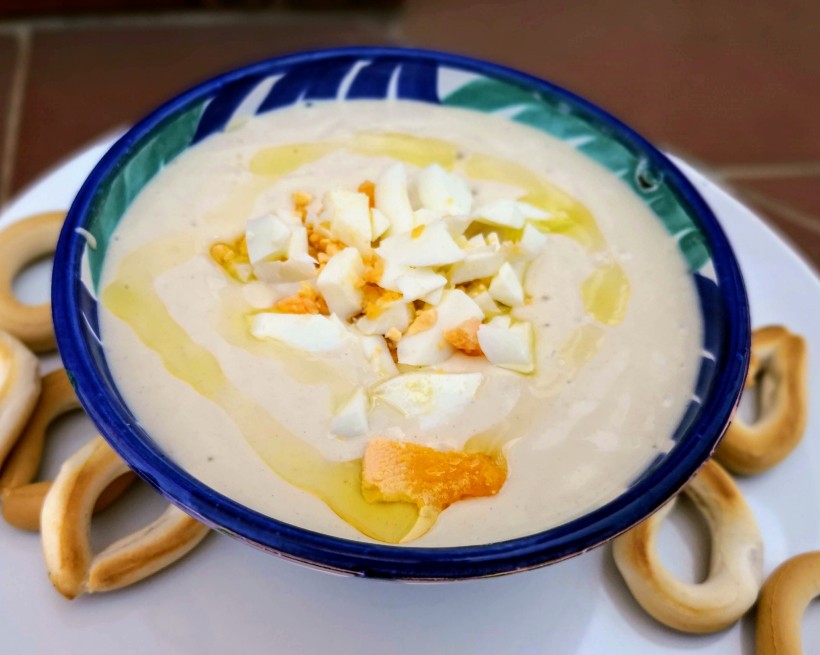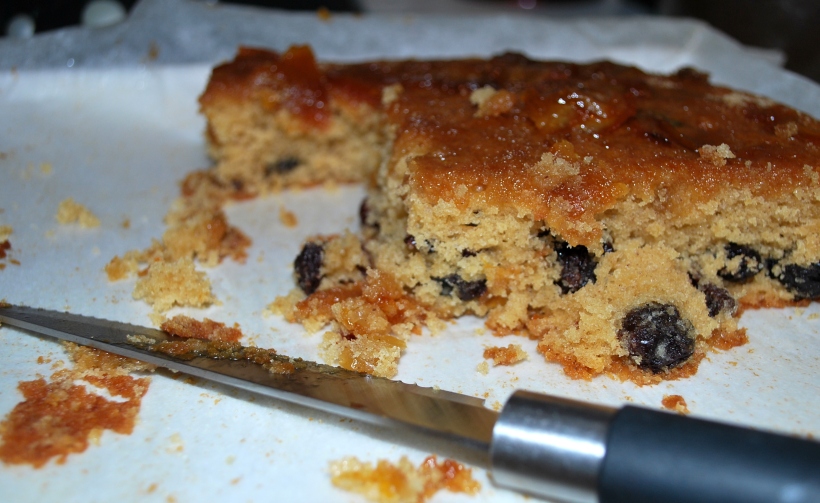Finally the weather has improved and just as we’re getting into gear to make our way back to England, the sun has come out.

It’s been a busy month with house repairs but also time to catch up with friends and loved ones and a return to a very favourite city, Córdoba. My bestie came to visit and we took her there for a visit as she had never been. We saw the beautiful Mezquita, now a Catholic cathedral but packed full of Moorish history.
We also went back to Medina Azahara, declared this week a UNESCO world heritage site. Hopefully that will mean an investment of money to allow more of this amazing first century Arab Muslim city to be excavated.

Of course, we made sure we ate and drank well and we all tried, for the first time, a chilled Cordoban soup called Mazamorra. Based on very simple ingredients, like many of the gazpachos of Spain, but giving an amazing finished result which we all loved. It’s an incredibly thick and filling dish, we shared one portion in the restaurant and when I made it at home recently, we decided that it would be perfect served in shot glasses as part of a mixed tapas selection.
You don’t need to be too precise about the weight of ingredients, just try to keep roughly to the proportions. But do give it a try, you might be as weirdly and wonderfully surprised by it as we were!
Ingredients (this makes one large bowl of soup which would serve about 8 shot glasses or 4 tiny bowls)
- Approx 100g stale bread (use the best quality you have as this will greatly influence the flavour of the finished soup e.g. sourdough or ciabatta) soaked in a little water until soft
- About 35g of blanched almonds
- A small clove of garlic, peeled
- Half a teaspoon of fine salt
- One teaspoon of white wine vinegar
- About 100 ml of extra virgin olive oil
- Cold water
- To garnish – chopped hard boiled egg, some chopped black olives (I didn’t have any) and a drizzle of olive oil
Put the soaked bread, the almonds, garlic, salt and white wine vinegar into a blender (I used a jug and a stick blender) and blend until you have a paste. I added a few drops of water to help things along. Now gradually add the olive oil and keep blending and adding until you have a smooth, thick paste. It should look rather like hummus. Now add a tablespoon of water at a time and keep blending. You want to end up with a mixture rather like custard. Taste and add a little more salt if you need it then chill until ready to serve.

The restaurant we tasted this in was rather fancy and the soup was drizzled with a mango purée, which was delicious. Traditionally, chopped hard boiled egg and chopped black olives are used. A drizzle of olive oil really works well and serve with crunchy breadsticks for dipping.

If you’d prefer a more familiar gazpacho, take a look at my recipe, or perhaps you’d enjoy my very favourite, Salmorejo, which is a chilled tomato and bread soup, also from Córdoba. All delicious, each very different from the other. Buen Provecho!




























